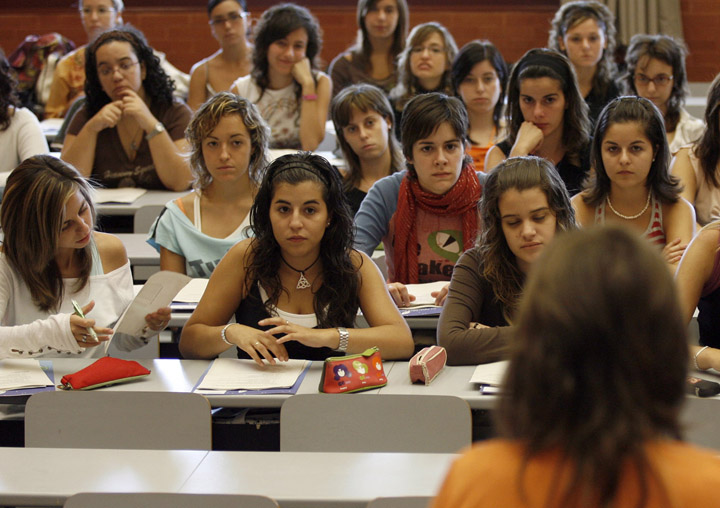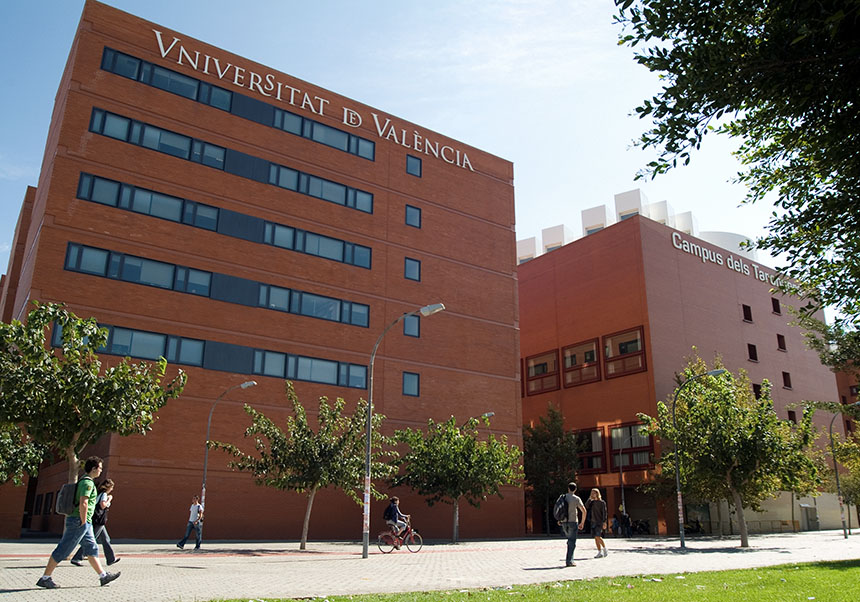Women increase their representation in the university student population, with incoming female students growing by 2% and male students falling by 11% since 2013
- Press Office
- March 8th, 2023

The presence of women in universities became generalized relatively recently and, nevertheless, in record time they have come to surpass men in percentage of students. In the 2021/2022 academic year, 56% of new students entering undergraduate programs at Valencian public universities will be women, compared to 44% men.
The gap, moreover, continues to increase, as since the 2013/2014 academic year the number of female students enrolling in the first year has grown by 2%, while that of men has decreased by 11%. In total, last year 13,487 girls and 10,569 boys enrolled in the degrees offered by the five university institutions of the Community of Valencia.
The data come from the SIUVP platform (Valencian Public University Indicators System), created by the Valencian public universities and the Valencian Institute of Economic Research (Ivie), which has just updated 19 of the indicators it integrates. The database, which includes information on the University of Alicante, the Universitat Jaume I of Castelló, the Miguel Hernández University of Elche, the Universitat Politècnica de València and the Universitat de València, also shows the results on the incorporation of women, according to the different branches of education.
The increase in the number of new female students in Engineering and Architecture and also in Science is remarkable. In the first case, their presence is still a minority, since only one out of every three first-year students in the 2021-2022 academic year was a woman. However, this percentage of 33% represents an improvement compared to the 25% of women in this field of studies 8 years earlier. The number of new students enrolled between the 2013/2014 and the 2021/2022 academic year has increased (18%) by almost the same percentage as the number of male students has decreased (-17%).
In the case of science degrees, the number of women has increased by 10%, while the number of men has barely increased by 1%. This accentuates the advantage of women in the weight by gender in this branch, since they will account for 54% of the new students in the 2021/2022 academic year.
At a much greater distance, and also on the rise, are women in the branch of Arts and Humanities, where new female students represent 71% of the total, after growing by 8% since 2021. In contrast, the number of boys matriculating in this type of degree has fallen by 17%.
Finally, in the branches of Social and Legal Sciences and Health Sciences, there has been a decrease in the number of students in the first year in both men and women, although more accentuated in the case of men. In Social Sciences, the number of students has fallen by 5% and that of women by 4%, while in Health Sciences, 16% fewer boys and 1% fewer girls were enrolled in the 2021/2022 academic year than 8 years earlier. In both fields, women represent the majority of new students: 61% in Social and Legal Sciences and 72% in Health Sciences.
With regard to the evolution of enrollment of men and women in master's degrees, there was also a greater increase in demand in the case of women. However, new enrollments in master's degrees show a generalized growth for both sexes in all branches, with the sole exception of a small decline of 1.4% for men in the master's degrees included in the Arts and Humanities branch. In total, the new student body for this type of postgraduate degree has grown by 29% between the 2013-14 and 2020-21 academic years.
In addition to information on university access and students, the SIUVP platform, which is managed by the Valencian public universities and the Ivie, has just updated other indicators with information related to academic performance, internationalization, economic data and research and transfer.
The information collected on the SIUVP platform ranges from the most purely academic aspects, such as teaching supply and demand, to more specific economic data on the resources and results of each university's activity. Specifically, the indicators are grouped into the following fields:
- University access
- Students
- Academic Performance
- Internationalization
- Human Resources
- Research and transfer
- Financial data
More information:
File in: Estudis















